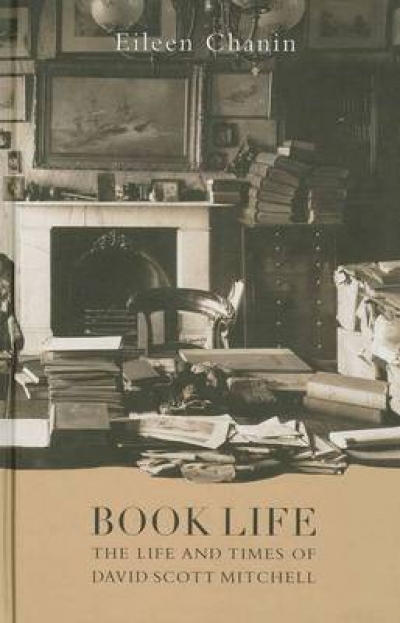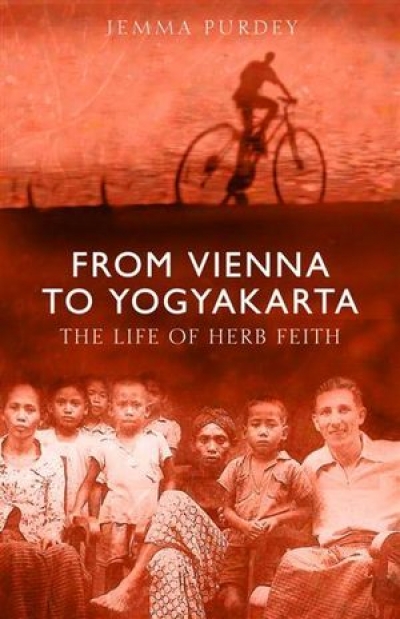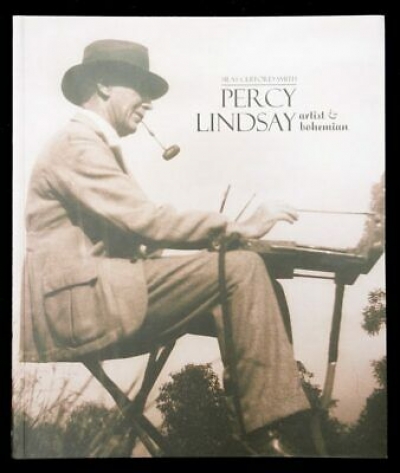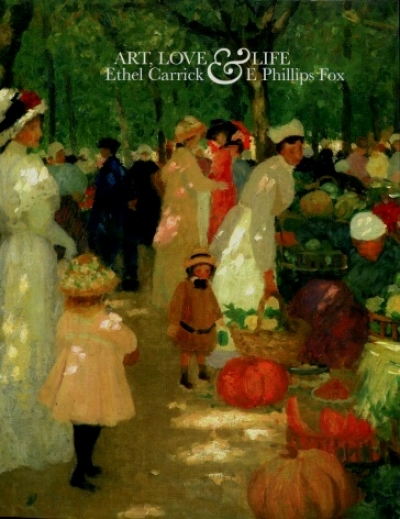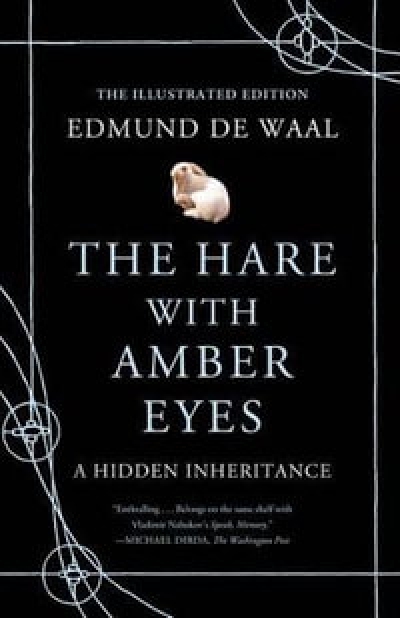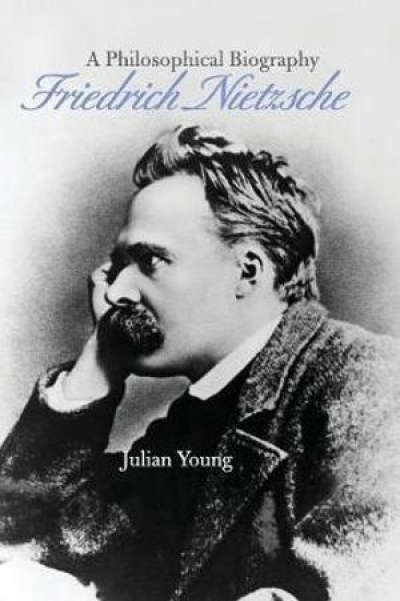Biography
Book Life: The Life and Times of David Scott Mitchell by Eileen Chanin
This is the first major biography of Australia’s greatest book collector, David Scott Mitchell, whose peerless Australian and Pacific collection established the Mitchell Library. Mitchell was born in 1836, in Sydney. He rarely left the city and never ventured beyond New South Wales. Living on inherited wealth, he devoted his life to collecting 40,000 printed works, as well as manuscripts, maps, and pictures. On his death in 1907, Mitchell bequeathed his collection to the Public (now State) Library of New South Wales with a £70,000 endowment to fund additions. It was arguably Australia’s greatest cultural bequest. Mitchell himself has always been an enigma. Although he collected the documentary history of our nation, he preserved very little to illuminate his own life, beliefs, and motivation.
... (read more)Over the decades, Richard Strauss has been well served by English-language commentators and scholars, ranging from George Bernard Shaw, through Norman del Mar’s magisterial three-volume study (1962–72), to Michael Kennedy’s shorter, though no less illuminating, critical biography (1999). The focus of Raymond Holden’s work is explicitly narrower than theirs, offering as it does a thorough documentation of Strauss’s career as a practising musician and jobbing conductor.
... (read more)From Vienna to Yogyakarta: The Life of Herb Feith by Jemma Purdey
Jamie Mackie’s recent death was a sad reminder of a time when enthusiasm for Asian studies mirrored the Australian government’s developing perception that the future lay in ‘our’ part of the world. The small cohort of academics who initiated these studies were genuine pioneers. For instance, Mackie, in the decades after 1958, became founding Head of Indonesian Studies at Melbourne University, founding Research Director of South-East Asian Studies at Monash University, and founding Professor of Political and Social Change in the Pacific and Asia at the Australian National University. Prior to World War II, there had been virtually no Asian studies in Australia. Now the field was wide open for those who were skilled and interested, and Herb Feith was among the earliest.
... (read more)Percy Lindsay was the eldest and least well-known of the remarkable Lindsay brothers (the others were Norman, Lionel, and Darryl). He was born at Creswick, Victoria, in 1870, where he received his initial artistic training before moving to Melbourne in 1895. It was there that year that he first exhibited paintings, in a group show that included such luminaries as David Davies, E. Phillips Fox, and Walter Withers (the latter also taught him). Lindsay continued exhibiting his paintings until 1951: he had seven solo exhibitions between 1926 and 1935. In 1901 he took up illustrative work, which he produced for the remainder of his career. Lindsay married in 1907 and moved to Sydney in 1918, where he lived until his death in 1952.
... (read more)Art, Love and Life: Ethel Carrick and E. Phillips Fox by Angela Goddard
Art, Love and Life accompanies the exhibition of the same name at the Queensland Art Gallery. This substantial book contains eight short essays by six authors, with a brief checklist of the works included in the exhibition towards the end of the publication. There is also a useful chronology.
... (read more)The Hare With Amber Eyes: A hidden inheritance by Edmund de Waal
The Hare With Amber Eyes tells the migration story of ‘a very large collection of very small objects’, specifically 264 netsuke (pronounced like ‘jet ski’, from the Japanese characters for ne and tsuke, meaning ‘root’ and ‘attach’). Netsuke are small pieces of ivory, wood, metal, ceramic, or some other material, carved or otherwise decorated, and perforated for use as a toggle that tucks behind the belt or sash of a kosode or kimono (obi). From it a purse or more usually a small box with compartments (inro) may be suspended by a stout silken cord, and fastened with sliding beads (ojime). Netsuke evolved in seventeenth-century Japan to embrace an almost limitless number of decorative forms and shapes, increasingly prized, through the eighteenth century, as miniature sculptures on their own, nevertheless conforming to the basic requirement of their original function: namely, to allow a cord to be threaded through some sort of eye – in the case of the eponymous hare with the amber eyes this is achieved by the contrivance of a cocked hind leg; such strategies became more and more ingenious as netsuke proliferated – and also adhering to a roughly uniform size of between one and two inches in diameter, occasionally more. Ideally, netsuke nestle comfortably in the palm of the hand. Indeed, part of their aesthetic appeal is to the sense of touch, so deployed.
... (read more)A Book of Secrets: Illegitimate Daughters, Absent Fathers by Michael Holroyd
In a review on quite another subject for ABR’s recent summer issue (‘Barry by Edna’, December 2010–January 2011), I had occasion to invoke the career of Michael Holroyd, ‘reigning, if ailing, king of English biographers’, as I dubbed him. On the basis of his well-publicised illness, I sadly but confidently declared that Holroyd’s joint biographical study of the Irving and Terry theatrical dynasties, A Strange Eventful History (2008), was ‘likely to be his last’. How delightful now to be proved wrong with the appearance of A Book of Secrets.
... (read more)The business of authoring another person’s life is problematic and potentially dangerous. You need to be brave to write biography. It is not just the labour involved, or the obsessive research involving more travel and hours of work than can be deemed cost-effective; it also requires a self-exposing judiciousness. At every stage in the procedure decisions are made, not with the support of a committee or a line manager, but usually by the biographer alone. The rightness or wrongness of these decisions affects not only the selection and handling of the material, but also almost every aspect of the project, from the initial negotiations with descendants of your subject, the literary executor or interested parties, to the publicity that surrounds the book’s publication.
... (read more)Nine Lives: Postwar Women Writers Making Their Mark by Susan Sheridan
Susan Sheridan’s Nine Lives, a ‘group biography’, analyses the life stories and literary achievements of nine Australian women writers. The purpose, according to Sheridan, is not only to rediscover the life story of each, but also, by exploring their publishing and aesthetic context, to create a ‘fresh configuration’ of our literary history.
... (read more)Friedrich Nietzsche: A Philosophical Biography by Julian Young
If any book market is nearing saturation, it must be the Nietzsche one, yet new titles keep appearing. Julian Young’s biography, Nietzsche: A Philosophical Biography, is unusual, given the author’s academic repute as a Nietzsche scholar. Young acutely surveys Nietzsche’s life, while offering erudite accounts of his philosophy. As Young observes in explaining Nietzsche’s own self-referential style, ‘biographies sweeten the hard-to-swallow pill of philosophy’, and this is also true of Young’s book. Moreover, while Young clearly loves Nietzsche, this book is not written in the sycophantic style that is common of the genre (Nietzsche’s philosophy is criticised in many places, as is Nietzsche himself).
... (read more)

